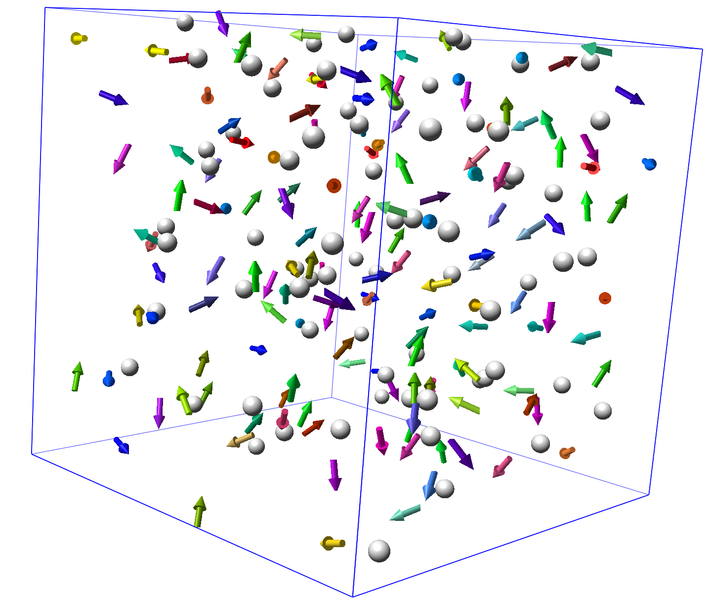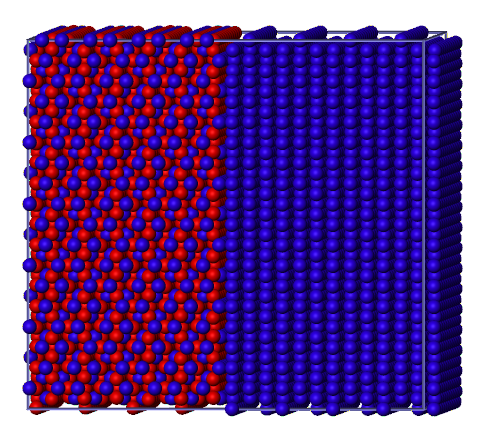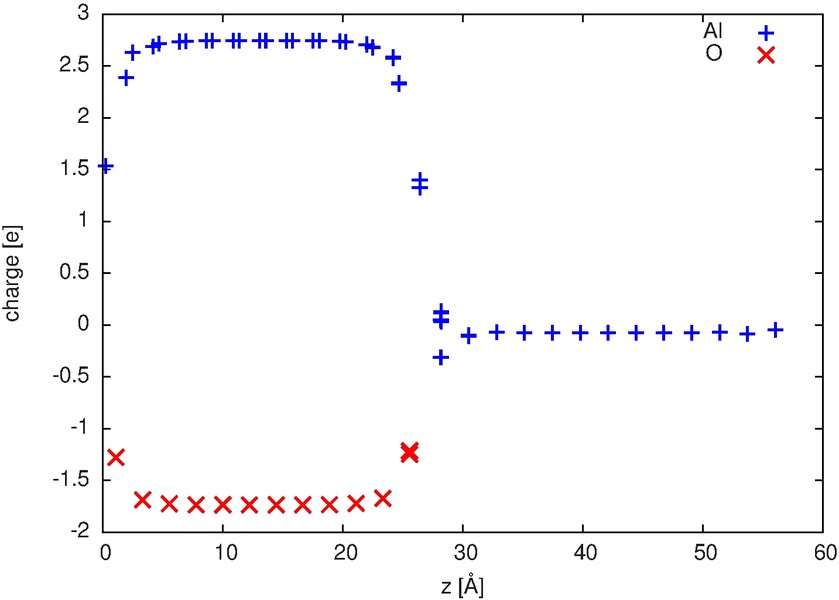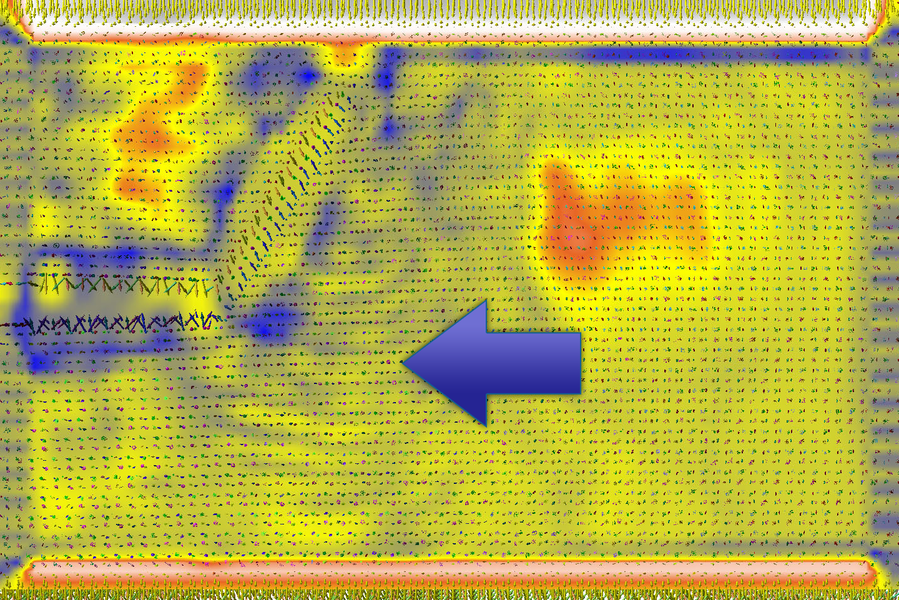Results
- IMD has been enlarged by the potential method of Tagney and Scandalo (TS), so that metal-oxides can be simulated taking influences of the polarizability into account.
- IMD has been enlarged by the Wolf summation. The linear scaling properties allow a dramatical saving of time (Fig. 1).
- Using this two options, relevant thermodynamic and structural properties of silica have been reproduced, but up to three orders of magnitude faster than in previous works.
- Both the TS model and the Wolf summation have been implemented in potfit. Force fields for any metal oxide can be generated.
- A potential for silica has been reparametrized and validated according to Tagney and Scandalo (Abb. 2). Reducing the cut-off radius about 20 percent, effects a bisection in simulation time (Abb. 1).
- As an application of the TS model beyond silica, we generated and validated a force field for magnesia. To our knowledge, no other pairwise liquid magnesia force field can simulate this important material as efficiently as our new one.
- For the subproject B.2 a high quality force field for aluminum oxide has been generated, which was used for crack propagation simulations. Furthermore, the behavior of electric dipole moments in crack propagation simulations ist studied - to our knowledge for the first time.
- Due to the visualization (subproject D.3) of electrostatic dipole moments in molecular dynamics simulations of metal oxides, the influence of mechanical forces on the dipole-field could be investigated further. This study revealed, how exactly propagating cracks in alumina influence electric dipol-moments. Furthermore, circular waves of dipolar disorder originating from the crack could be revealed (Fig. 4).
- The model of Streitz und Mintmire has been successfully implemented in IMD. Using the Wolf summation also for the charge optimization, a significant reduction in computing time is achieved. This follows also by the use of the conjugate gradient method in contrast to the original model of Streitz and Mintmire.
- The charge contribution of a combined metal-oxide system is described correctly (Fig. 3).
|
|
|
|
|






